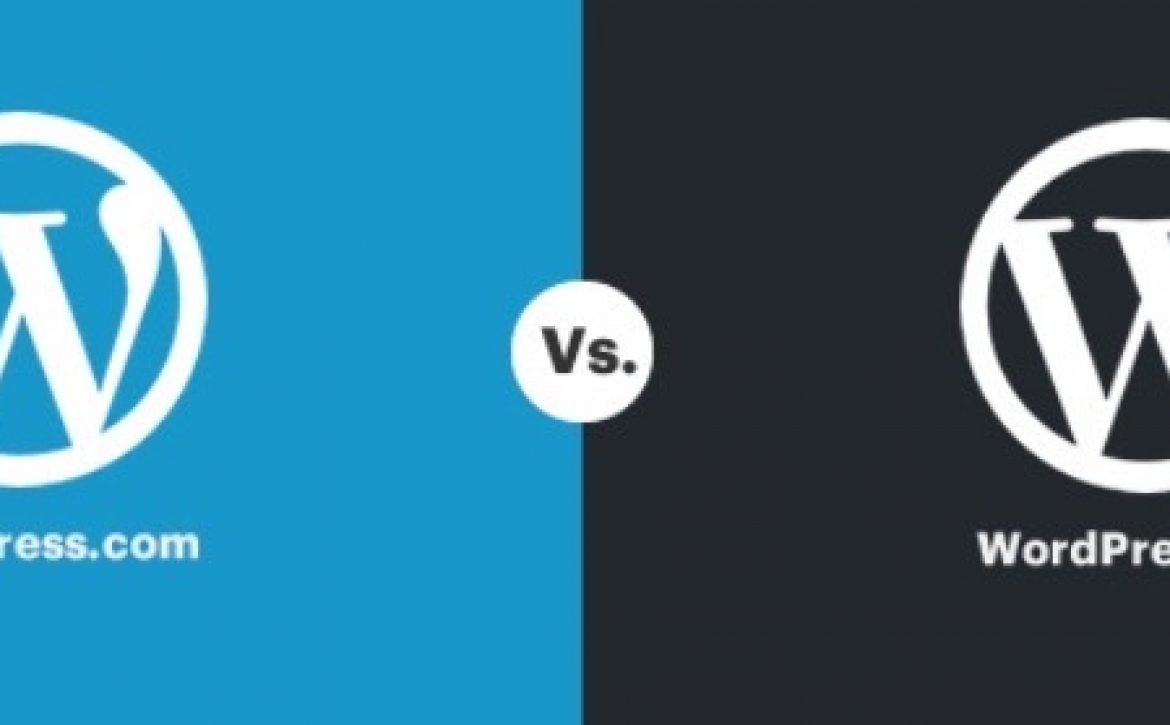How to be Greener online
What? How is this even a thing? How can your online activity negatively affect the environment? These are questions that I was certainly asking myself a week or so ago and may have also been your reaction to seeing this blog title. However, the massive spread of the internet in the previous decades has released hundreds of thousands of tonnes of greenhouse gases into the atmosphere. Nevertheless, there are many small changes you could make to the online habits that can help you be greener online.
Where are the gases coming from?
There are two main sources of greenhouse gases that you need to bear in mind. The first is the actual power that is needed to run computers, servers and other related hardware. These all rely on electricity, so whether your electricity is primarily generated by coal or wind can make a huge difference. The second source is more indirect such as the manufacturing of components as well as then shipping these components globally.
What is referred to as the information communication and technology industry, (essentially the internet and everything attached to it) is responsible for around 2% of global emissions, at over 830 million tonnes of CO2 annually. As you will, every little action you do online requires processing power and contributes to your carbon footprint.
Easy ways you can be greener online
Before we start in earnest, I need to make clear what CO2e is. There are many different polluting gases but CO2 (Carbon Dioxide) is the most infamous. To understand global warming potential more easily, CO2e (CO2 equivalent) was created as an umbrella term used to represent pollution. Rather than breaking down pollution by different polluting gasses, CO2e represents the number of metric tonnes of other greenhouse gasses equivalent to CO2. For a more scientific understanding of CO2e, click here.
1. Green email etiquette
It is estimated that an email can result in between 4gs and 50gs of CO2e. An email’s length, attachments and how many recipients it will have influence the amount of CO2e released. The average office worker’s email is responsible for an estimated equivalent to 0.6 tonnes of CO2e annually. This is equivalent to the annual per capita carbon footprint of developing Sri Lanka. The average office worker is polluting as much as the average person from Sri Lanka from their emails alone. Here are two specific positive changes you could make to your email habits right now to make them greener.

Only send necessary emails
It has become common in many businesses to CC everyone who is connected to a subject into an email chain. People then reply to this chain, sending many more emails than are probably necessary. Limit the use of “reply all” and be more conscious about sending emails only to those who really need them.
Unsubscribe from irrelevant email newsletters
Many email inboxes are filled with random newsletters that the user no longer reads or even ever considers reading. These are another example of pointless emails which only serve to pollute. If you have monthly newsletters from sites you are no longer engaged with, unsubscribe and stop them asap. When a retailer asks something like; “Do you want to hear about our latest news, offers and releases?”, only say yes if you really, really want to.
2. Optimise your power usage
Do you ever leave your desk for a meeting and leave your computer alone to slowly enter rest/sleep mode? While this will save you a few minutes on your return, you have turned your computer into a polluting machine.
An energy-efficient computer burns anywhere between 15 and 60 watts of energy while being used. This is much higher than the 2-5 watts used when in rest/sleep mode. If you are leaving your computer for more than a few minutes, put it straight into rest/sleep mode. This can be done automatically by setting how long the period of inactivity needs to be before it enters rest. You should set this to be as low as possible without really negatively affecting how you work. If you are away from your computer for more than a couple of hours, you should really shut it down.
Rest/sleep mode is not a silver bullet to this problem because of the ominous-sounding issue of Vampire Power. This refers to the phenomenon that even when electrical applications are switched off, they still often draw between 0.5 and 2 watts of energy while still plugged in. Ensuring that you unplug things like chargers or lamps at the end of the day can make a huge difference in your energy consumption. This has the benefits of both reducing your impact on the environment and reducing your overhead costs.
3. Streamline your searches
The use of a search engine can emit between 0.2 and 0.7 grams of CO2e per search. This is because each online search requires multiple different servers located all over the world. Searches from tablets and smartphones emit at the lower end of this spectrum whereas laptops and computers emit at the higher end of the spectrum.
Using a mobile device for non-work related searches as well as trying to limit the number of unnecessary searches you make daily can have a big impact. Obviously, I am not saying you should limit yourself to 5 searches a day or anything like that, just try and make efficiencies where you can.
For example, when I am writing and want to find a synonym for a word, I used to just type the word into google followed by the word synonym. I would find a good synonym and close the tab, but more often than not, I do a couple of synonym searches every day. To stop making so many unnecessary searches, I now get up synonyms.com, pin the tab and utilise it throughout the day. It is steps like this which once worked into your online habits, can make a positive impact on your carbon footprint.
4. Choose a greener hosting provider
Websites must have a host. The current most common hosting method is via servers, which are responsible for considerable emissions. Keeping these servers operating smoothly and reliably takes considerable electricity. This is in terms of powering the servers as well as using electricity to cool the servers to prevent overheating. These emissions are so significant that it is estimated that the global network of data centres accounts for the same amount of emissions as the global airline industry. As the demand for hosting continues to increase, so will the environmental impact of both creating new servers and maintaining existing servers.

However, cloud computing provides a real opportunity as this system of hosting has a much lesser impact on the environment than traditional hosting options. As well as this, there are now companies that specialise in green web hosting. This is where the host aims to at least reduce, if not completely negate your hosting carbon footprint. This is done primarily by ensuring they use renewable energy sources to power their data centres. Some will also donate an amount of money to renewable programs for each new customer or expand their existing carbon capture schemes.
The market leader in this industry is Green Geeks, an American cloud-based hosting provider. Energy efficiency is a major tenant of the company and for every bit of power they draw from the power grid, they fund 3 times the amount in renewable energy.
They also plant one tree for every new hosting account, further contributing to their carbon capture credentials. Follow this link to the Green Geeks homepage.
5. Design your website to be greener
There are certain resources that are very common on many websites, but require a lot of processing power. This makes them more of an environmental problem. Being on a page with many animated gifs, advertisements, and videos are responsible for much more CO2e than a more simple web page. This is because these resources require more processing power.
Even if the difference between these examples could be only a matter of 0.2-0.5 grams of CO2e a minute, as this is scaled up to the dwell times of popular sites, it can have serious repercussions. There can also be benefits to your SEO, website speed and customer experience by streamlining your website in this way.
You should also endeavour to make your web page as print-friendly as possible. Let me paint you a scenario. You need to print information from a website so simply press ctrl-p. The printout however rearranges what you saw on your screen to split the page over multiple pages as well as printing ads and links which have no use. This then results in some editing and a reprint. If this is repeated by all the visitors to your website who need to print something else, you are indirectly responsible for a lot of wasted paper, electricity, and ink.
6. Understand your websites impact
Interested in seeing how green your website is? Website Carbon Calculator is able to work this out from your URL alone. The calculator tells you how dirtier your website is compared to the other websites it has tested. It tells you how many grams of CO2e is produced every time a visitor comes to the website, as well as how much CO2e is produced annually. This is presented by how many sumo wrestlers worth of CO2e is produced annually (not a joke), and how many trees would be needed to absorb the amount of CO2 the website is responsible for each year.
It takes less than a minute to work all this out and is definitely worth a go. Click here for the link to the Website Carbon Calculator.






